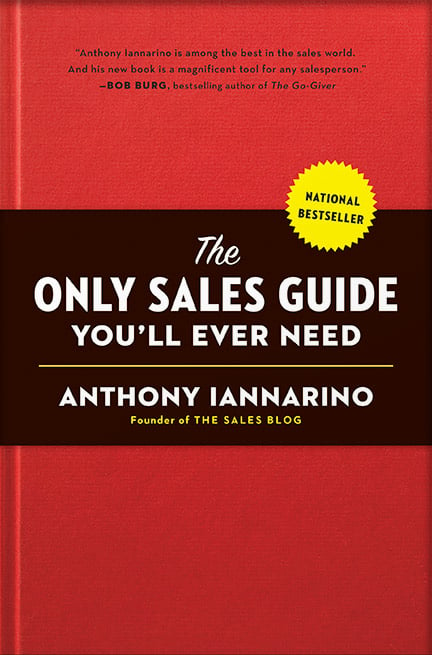The Gist
- You win and lose deals in discovery.
- Both of the legacy approaches (legacy laggard and legacy solutions) place a high premium on the salesperson learning the client’s need or their problem.
- The modern approach requires that both the salesperson and their client both learn from each other.

From Legacy to Modern Sales Approaches Parts 1-3:
Few salespeople would disagree that “you win and lose deals in discovery,” especially this writer. While it’s certainly possible to lose a deal later in the process, a poor client experience during discovery tends to inspire prospective clients to look elsewhere.
What you might not realize, though, is that watching how a salesperson conducts a discovery call immediately identifies which generation their sales approach calls home. The two key factors are who is doing the discovering and what they are trying to discover.
Legacy Laggard: Discover a Need
The first thing that you will notice about a legacy laggard approach to B2B discovery is that the salesperson is doing all of the discovering, desperately trying to identify the client’s needs. In fact, any approach where the salesperson is the only one gathering new information is certain to be a legacy approach.
This approach is primarily transactional, especially compared to the two generations that follow it. If the prospective client does not have the “right” need, the legacy laggard salesperson is trained to “build the need” for whatever it was that they were selling.


Legacy Solution: Discover a Problem
As the legacy approach started to fade and the next generation of approaches evolved into selling solutions, the general approach moved from discovering a need to discovering a problem. Here too, the salesperson asked the large majority of the questions, seeking to identify the client’s problem—or at least get the client to admit one. For the client, a particularly intense discovery session could feel more like an interrogation than a conversation! In some cases it was easy to elicit “dissatisfaction,” but at other times it could prove impossible, even if the prospective client had a genuine problem.
This is the advent of “what’s keeping you up at night?” and other questions that went straight to the problem, allowing the salesperson to share their solution. Another dead giveaway of the legacy solution approach is a question like “what do you wish your existing supplier did better,” a query designed to help you displace your competitor by asking your client to confess all their partner’s sins.
Even though the salesperson was the one gathering information, this stage was a necessary improvement. Legacy solution approaches moved professional sales closer to a modern approach, as salespeople started learning to solve their client’s problems. Over time, some who used the legacy solution approach managed to teach their clients that they had an unrecognized problem—and then provide the information and insights to help show them what to do about it.


Modern: Client Discovers
It’s quite likely that your current approach uses the legacy solution model. If you open your first call with a prospective client with a series of questions, it’s all but guaranteed. To advance to a modern approach, you need to rethink both your role and your goal: both you and your prospective client should learn during modern discovery, with your client discovering as much—or more—than you do.
A modern approach provides the context for a conversation around change. Instead of starting with a series of questions designed to elicit a need or a problem, your goal is to share the factors, trends, events, or other changes in the environment which should be causing your client to change. When the client is unaware of those elements, this conversation creates value by helping them understand their world. When the client is already unhappy with their poor results and has some idea what’s causing them, this conversation helps them to understand the nature of their problem. You can see how this approach would naturally evolve from legacy solutions, as salespeople and sales organizations learned how to help their clients understand the factors that impacted their results.
The fact that your prospective client is learning, however, doesn’t mean the conversation only goes in one direction. In fact, the modern sales approach tends to take a holistic view of discovery, often including more people from more areas of the business than previous generations would. The contacts in your prospective client’s company know more about what they can do, what they cannot do, and what they are going to need to be able to execute the change required of them.
You still have a lot to learn during modern discovery, even if you no longer need to identify a need or a problem, because you’ll begin with a strong theory as to why your prospective client should change. The modern approach differs from older approaches by being more proactive, providing a conversation around change before it is necessary—instead of waiting for the client to struggle before helping them improve their results.
Read the next chapter in the series: Part 5 | Stakeholders
Do Good Work
- How can you develop your discovery process beyond finding pain points?
- What would your clients benefit from learning and what can you help teach them?
- What do you need to learn to help your clients improve their results?

Get the Free eBook!
Your guide to become a sales hustler
Hustlers pursue opportunities. They give themselves lots of chances to be successful. Discover what it takes to become the best hustler around.
Download Now











Comments